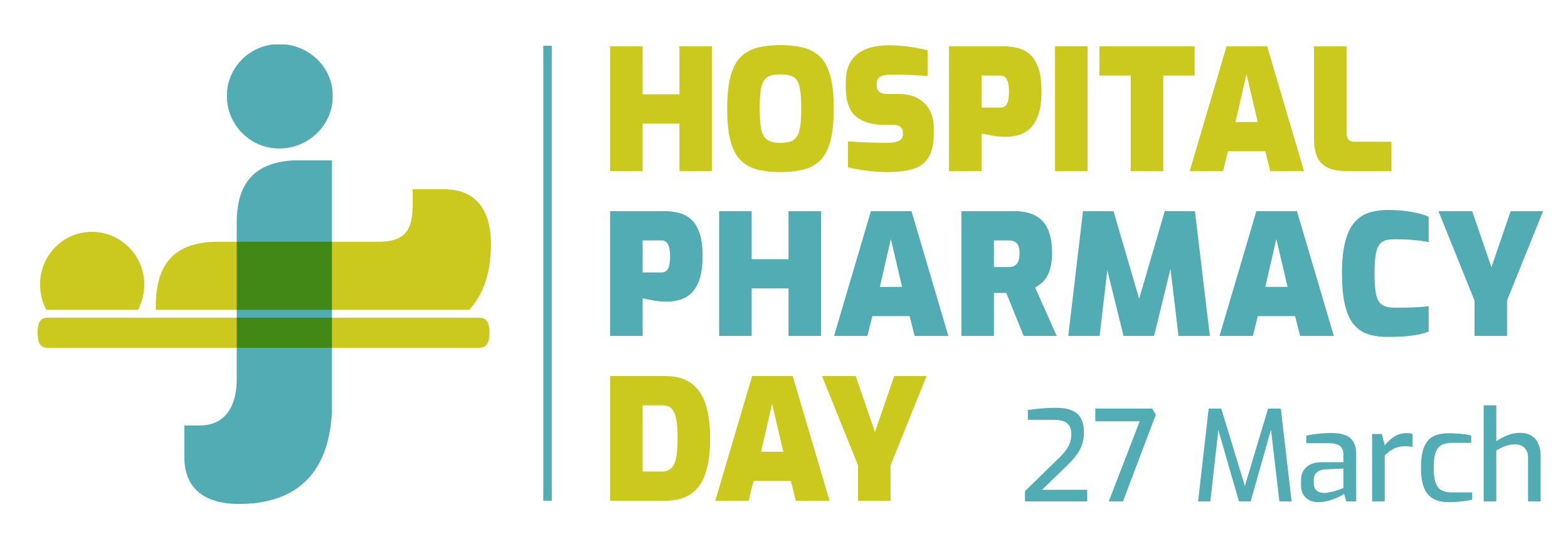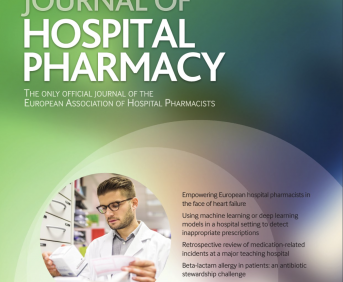SYSTEMATIC PHARMACEUTICAL REVIEWS IN THE DISPENSING OF RESERVE ANTIMICROBIAL DRUGS
Pdf

European Statement
Clinical Pharmacy Services
Author(s)
Tea Stiplošek, Alenka Kovačič
Why was it done?
The growing misuse of antimicrobials, resulting in resistant microorganisms and more adverse reactions, has been identified as a significant concern. To tackle this issue, a system was put in place to systematically monitor the hospital’s dispensing and use of reserve antimicrobials.
What was done?
We established a system where each reserve antimicrobial prescription in the hospital is reviewed by a pharmacist, who decides whether to dispense the drug or suggest therapy adjustments. The dispensation of antimicrobial drug to the patient is then recorded in the patient’s medical documentation.
How was it done?
A special prescription form has been prepared, used exclusively for ordering reserve antimicrobials from the pharmacy in our hospital, separate from other medications. The form is reviewed by a pharmacist, who calculates the patient’s creatinine clearance, examines inflammatory markers, checks the alignment of treatment with the antibiogram, and reviews potential interactions with other therapies before deciding whether to dispense the drug. If necessary, the pharmacist suggests modifications to the antimicrobial treatment. Each time the antimicrobial is dispensed, it is recorded in the patient’s medical documentation for easier treatment tracking.
What has been achieved?
This approach has established systematic control over the prescription of reserve antimicrobial drugs, with a clinical pharmacist introducing an additional prescription checkpoint. Analysis of data from our work between 2020 and 2023 shows that during this period, we dispensed 16,464 courses of reserve antimicrobials, with pharmacists recommending therapy adjustments in 2,211 cases (13.6%). On average, we recommended dose reductions in 43.5% of cases due to impaired kidney function and dose increases in 23.5% due to improved kidney function or the need for appropriate dosing for specific indications. Pharmacokinetic monitoring (TDM) interventions, including those for vancomycin, amikacin, and gentamicin, accounted for 29.75% of the interventions, while 3.35% of our recommendations involved therapy changes due to inappropriate treatment based on antibiograms or the patient’s impaired kidney function.
What next?
We are digitizing the ordering system, allowing departments to request antimicrobial drugs directly through the hospital information system. We are also developing an application to calculate kidney function and verify the correct antibiotic dosage for each patient, all in one place.
























